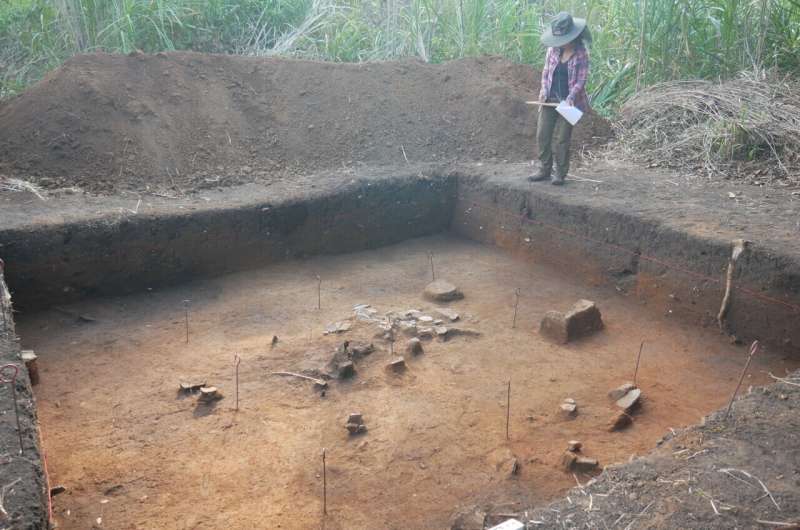Recent research reveals that Indigenous Peoples have thrived in the southwestern Amazon for more than 1,000 years. A multidisciplinary expedition conducted in September 2021 explored the Great Tectonic Lakes of Exaltación in Bolivia, uncovering significant archaeological evidence of sustained human habitation and environmental adaptation.
The expedition, organized by the Grupo de Trabajo para los Llanos de Moxos (GTLM), brought together experts from various institutions, including the Wildlife Conservation Society, the National Museum of Natural History, and the University of Bonn. Their findings, published in the journal Frontiers in Environmental Archaeology, highlight the profound interplay between humans and the environment in this region.
A Landscape of Adaptation and Innovation
The Great Tectonic Lakes, particularly Lakes Rogaguado and Ginebra, serve as a living archive of human ingenuity. Beneath the grasslands and shallow waters lie monumental earthworks, raised fields, and complex canal systems, illustrating millennia of human-environment interaction. This area is part of the Río Yata Ramsar wetland complex, recognized by UNESCO for its ecological and cultural significance.
Using techniques such as survey, excavation, and LiDAR mapping, the research team documented several archaeological sites, including Paquío, Coquinal, Isla del Tesoro, and Jasschaja. These locations reveal a continuous occupation from approximately 600 to 1400 CE, indicating how communities transformed these wetlands over time.
At Paquío, evidence shows early occupation around 600 CE, followed by more intensive use between 1000 and 1200 CE. Archaeological findings included shell middens, dense ceramic deposits, and an intricate network of canals paired with maize-based agriculture. In contrast, Jasschaja, dated to 1300 to 1400 CE, reflects broader ecological changes and greater plant diversity, suggesting advanced forest and crop management practices.
Insights into Pre-Hispanic Society
Excavations at these sites have unveiled a remarkably diverse pre-Hispanic diet, shedding light on how ancient societies utilized the abundant resources of the wetlands. Fish species such as wolf fish, peacock bass, and South American lungfish were prevalent, along with reptiles like caimans and turtles, and mammals such as capybaras and armadillos. Botanical evidence points to the cultivation of maize, legumes, and several palm species, illustrating a mixed economy of fishing, hunting, gathering, and agriculture.
The ongoing presence of the Cayubaba and Movima communities in the region emphasizes the intertwining of biodiversity and cultural heritage. Their knowledge and practices have contributed to a unique form of biocultural heritage, developed over centuries of interaction with the environment.
Collaboration with these Indigenous communities during the research was essential. Representatives from the Cayubaba Indigenous Council, which includes 21 communities, helped identify important research sites and guided access to culturally significant areas. This approach ensured that the project aligned with the communities’ priorities and respected their cultural heritage.
Lessons for Sustainability
The landscapes around Lakes Rogaguado and Ginebra offer critical lessons in sustainability, especially as modern threats such as deforestation and climate change loom large. Archaeological evidence indicates that ancient Amazonians practiced diversified livelihoods that integrated farming, fishing, and forest management in flexible ways.
Their ability to adapt to seasonal floods and utilize them as opportunities challenges contemporary notions of development. Although the use of raised fields diminished—likely due to demographic shifts and social disruptions following European colonization—the sustainable practices of these societies remain relevant today.
Conserving the Llanos de Moxos wetlands is not just about preserving biodiversity; it is also about honoring the cultural heritage of the people who have cared for these landscapes for generations. The ongoing research underscores the importance of recognizing that archaeology is not merely about the past; it also serves as a bridge to present-day discussions on sustainability and justice.
The findings from this research remind us that the Amazon has always been a dynamic biocultural landscape, rich with human history. As we face contemporary environmental challenges, the legacy of the Indigenous Peoples who shaped these landscapes offers valuable insights into resilience and adaptability.
